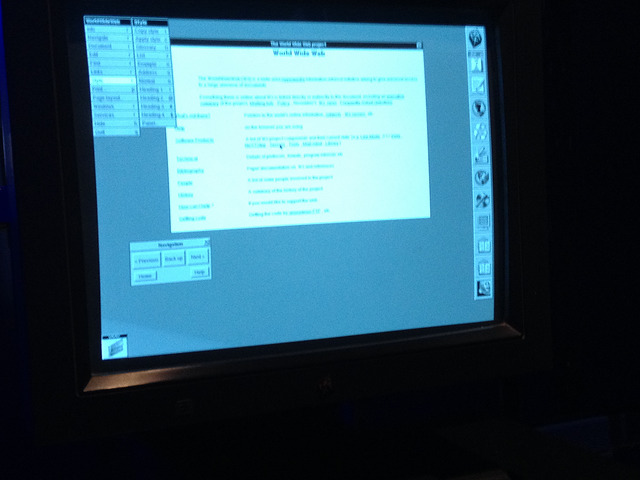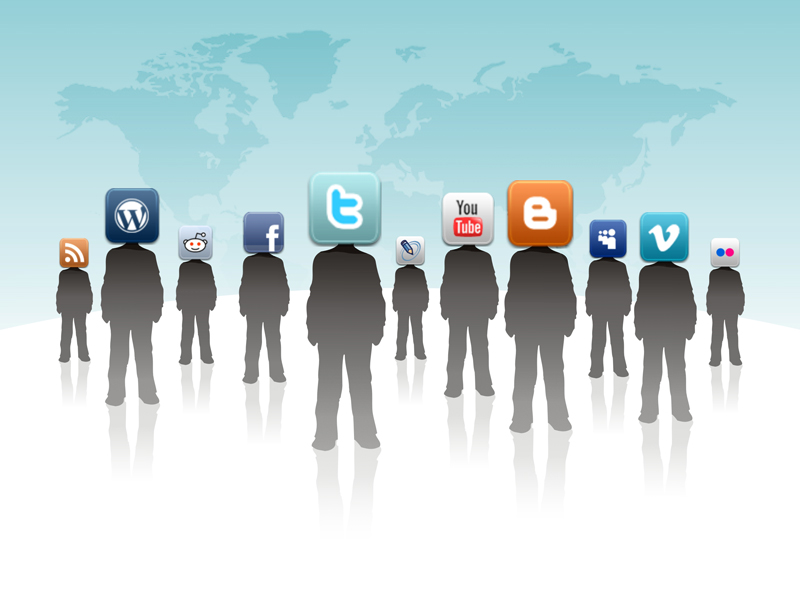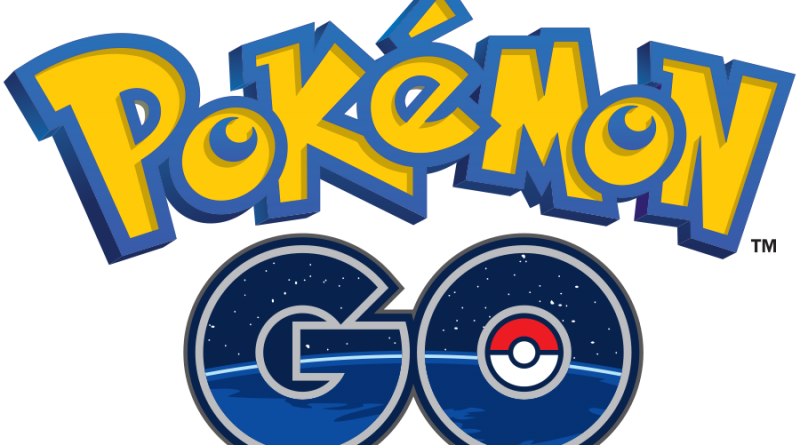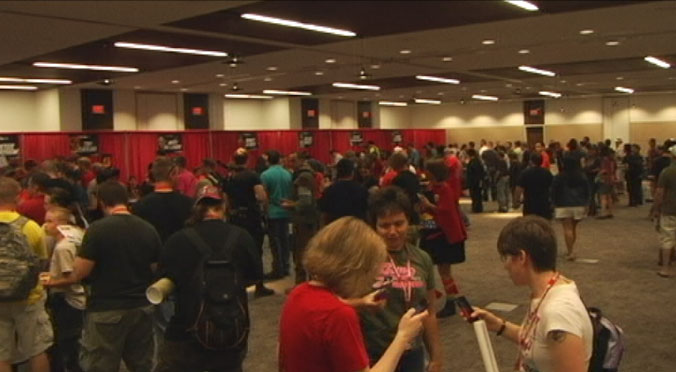Pokémon GO Signals New Social Media Paradigm

Have you seen the newest craze in social media? Kids and adults, young and old, people of all races, genders, and walks of life are coming together in one of the strangest ways. The latest addition to the Pokémon franchise, Pokémon GO, has been released and is proving to be quite the phenomenon. (Read our article “WTF is Pokémon GO and Why Is it Cluttering Up Social Media?” if you’re still curious as to what it’s all about.) Players are no longer sitting at home on video game consoles dreaming of becoming Pokémon trainers. They’re getting up off the couch, going out into the world, and making it happen!
But the augmented reality app is doing more than just entertaining the masses, both players and those of us playing vicariously through them on social media news feeds. It’s doing more than fueling memes of both love and hatred for the game: it’s giving us a glimpse into the future of social media!
In order to better understand what the new paradigm means to social media, let’s look at the four previous advancements in social media.
The first was the basic message board system. It was what it all started with. The beginning was DARPANet (1969) with the U.S. military. It was designed so that in case of nuclear war, government information would survive even if there were no humans left to use it. It was what the Internet (1983) was originally based on with Usenet/Newsgroups, as well as dial-up bulletin board systems. (Later would come the “Gopher” static pages, then the hyperlinked “World Wide Web”.) The basic forum system is everywhere from standalone discussion boards to 4chan style BBS systems to comment sections (like the one below this article where you are encouraged to give us feedback).

The second was the basic interest-based platform. A person could sign up based on an area of interest and interact with others (typically for a nominal fee) of similar interest. And hopefully, people signed up that one would actually want to communicate with. It’s always a gamble. Such examples include Classmates.com and most current dating sites.
The third was the most “social” of all. It was the “gathering” platform where meetings could be organized via e-mail lists. This was also the point of the original flash mobs back when they were actually flash mobs. Someone wanted to do something silly in public but didn’t want to do it alone or just wanted to be joined by others. So they would send out a notice about the event, time, and place. Then a huge group at a predestined time would start bowing to a big dinosaur statue before dispersing or dance around a park in tutus or whatever. Nowadays, the term “flash mob” is more associated with carefully planned but unannounced performance art. It’s lost all meaning.
The fourth came from the notion that a person doesn’t need to be charged to use a service if they can provide salable data. By gathering information based on shared files, location data, posts, shares, and likes, a company could target advertising and monitor trends in real time. This type of service found its footing with MySpace, then took off with Facebook, Twitter, Instagram, Pinterest, Google+, YouTube, Tumblr, and so on. (You are following SciFi4Me, right?)

There’s just one issue with the current model for social media: it’s purely virtual. The social component has been lost. That means that apart from location data and images and people becoming connected (“friended” or “followed”) or disconnected (“unfriended” or “kicked to the curb”), there’s no way of determining interactions in the real world. The difficulty has always been to integrate physical reality and virtual reality.
Enter augmented reality. Although not a new concept (it’s been used for heads-up displays (HUD) for fighter jets since the 1970s), the smartphone has given it new applications. In Korea a few years back, for example, people could hold a phone camera up and landmarks would be marked on the screen.
Then camePokémon GO.
Unless you’ve been living under a rock, you probably know by know that Pokémon GO has become … um … big. Really big. No, I mean huge! And it knows no limits. Players of all ages are collecting ’em all. And they’re changing the face of social media by combining the social with the media.

There are two ways that the game has, well, changed the game. The first is the reintroduction of social interaction. Not only do the catching and training of Pokémon cause interaction between players, but the competition and even the very act of searching for the virtual creatures has created peaceful gatherings that have had the feel of makeshift parties. People are meeting new people and making friends, something that was generally absent from the old flash mobs.
While one might think that getting people out into the world and interacting without the virtual component would interfere with gathering data, that’s not exactly true. In fact, the indirect data might be even more telling. Imagine a person either regularly went to a restaurant and stopped or began frequenting said restaurant without having done so before. Then there is an interaction with another user of a social media service either virtually or in marked location. After that interaction, the other person takes on the same behavior. It becomes obvious that the first user influenced the second user with a positive or negative review, and it confirms that there was such an interaction. Such data is not only still available without direct virtual involvement, it can be even more valuable.
The other way it’s changed things is the location targeting component. Players who would never have gone to church before went to church because they were Pokémon gyms. Now Niantic, the company that developed and is the distributor of the game, intends to have businesses pay to be Pokéstops in the Japanese version.

Use your imagination as to what this means. Imagine brick and mortar stores being able to compete with online purchasing again. Targeted coupons and points systems can get shoppers out to the stores, restaurants, theaters, and so on once more. Just scan the code on your receipt and earn points. It would be great for fundraisers. Then there’s AR games similar to Pokémon GO. Perhaps a zombie hunting game? There could be scavenger hunts, geocaching, educational field trips, and so on. There could even be … um … anything! (I said to use your imagination. Didn’t I say to use your imagination? I’m pretty sure I said to use your imagination.)
By successfully combining the physical and virtual, Pokémon GO has shown us the next step in social media. No longer are users trapped by their devices. No longer are service providers restricted to data when a user is trapped by said devices. No longer are brick and mortar, mom-and-pop stores fated to be crushed under the heel of online purchases. All it takes now is the creativity and resources to develop those social networks, or to convert the existing ones to augmented reality platforms. Then like the services we have today, it’s the users’ job to use ’em all.
![]()




